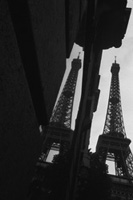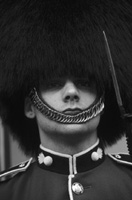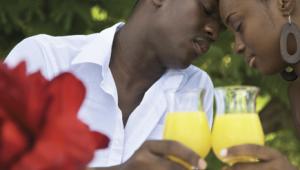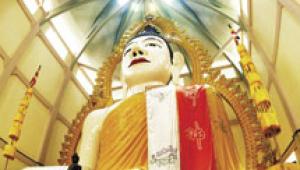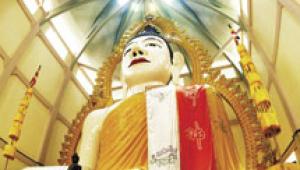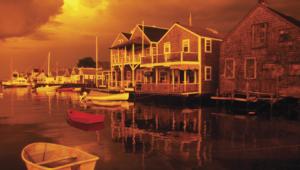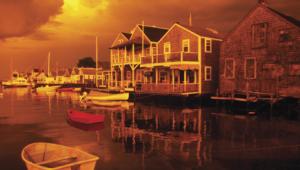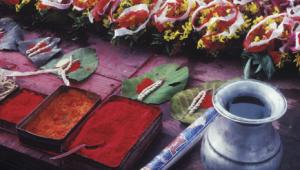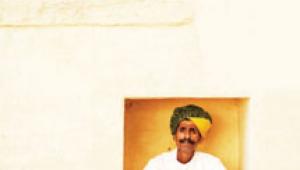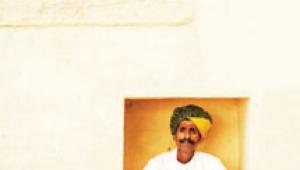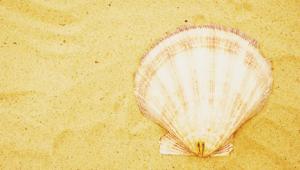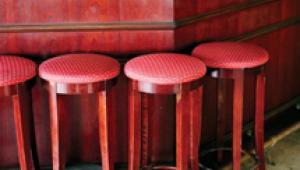Passport
Monochrome Moments; Black And White On The Road
Black and white travel photography?
As a category, I don't think it exists. My clients aren't
calling for it; my stock agency isn't asking me to supply it.
But it represents about 10 percent of the shooting that I do, and I
do it because I enjoy it. And sometimes I can sell it. |
|||
Photoshop It? |
|||
Chances are your travel photography
is going to be vacation-related rather than for a commercial assignment.
And I've got a feeling that in most cases, trying to suggest that
you shoot some black and white is going to be a tough sell. You want
to bring back those bright, colorful images, and rightly so. But don't
assume that just because color film is in the camera, it's the
right film for every picture. Some subjects, scenes, and even cities
are made for black and white. In A Monochrome Mood |
|||
When I started to plan this
column, I thought about where my affinity for black and white comes
from; what the source might be of my "black and white" sensibility.
I'm not sure this is the total answer, but those of us of a certain
age grew up watching black and white television shows and movies. One
of my favorite films is Casablanca. I thought of all those espionage
films I've seen and how black and white perfectly expressed the
mood of the story. And, of course, I started out in photography when
a darkroom was truly a dark room and not a computer monitor and the
latest version of Photoshop. I think also of how some of the great photographers
used black and white--like the atmospheric views of Paris by Brassai,
the photojournalism of Eugene Smith, and the great slices of American
life from the cameras of Walker Evans and Paul Strand. |
- Log in or register to post comments
